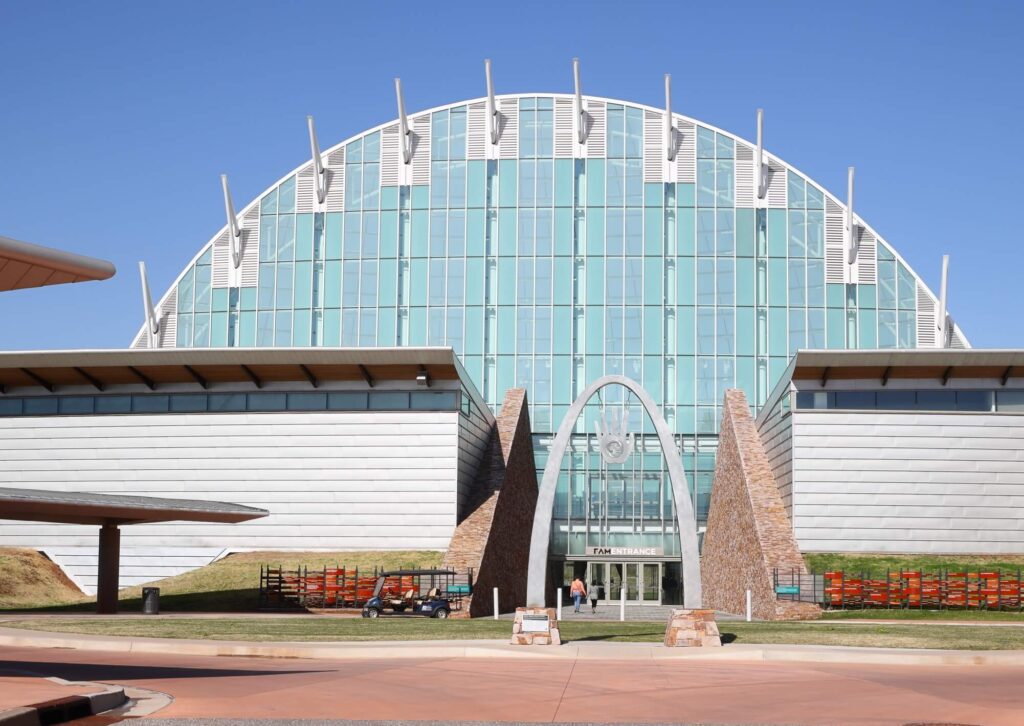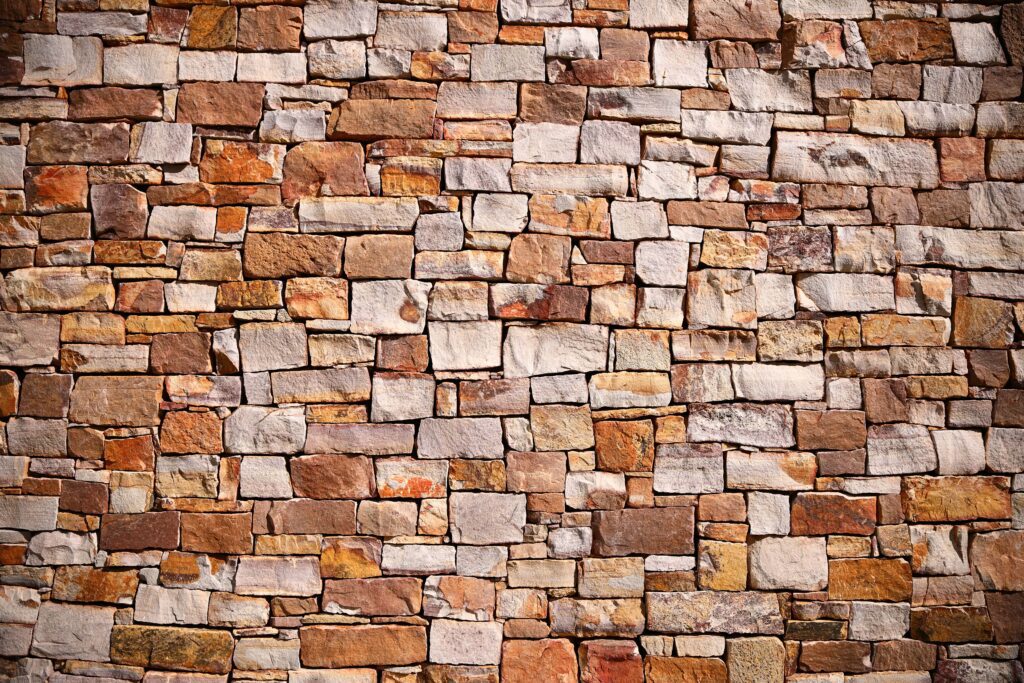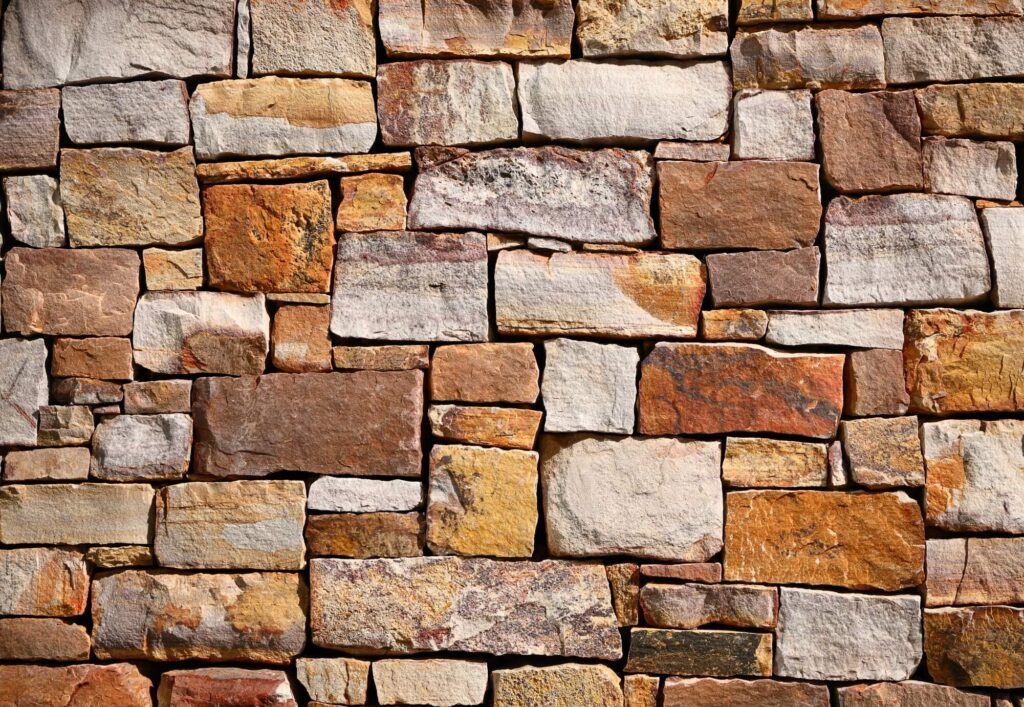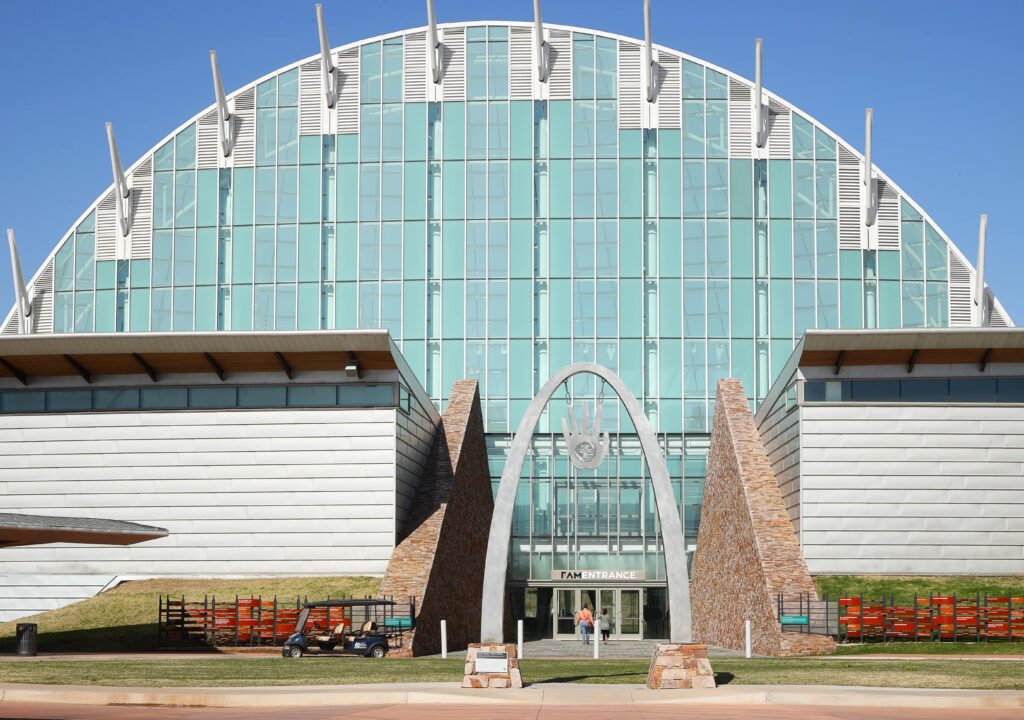
By Pablo Angulo-Gonzalez
Oklahoma City’s First Americans Museum (FAM) is one of the most important cultural epicenters in the state of Oklahoma. It might even be one of the nation’s most essential establishments for Native American cultural and historical preservation.
There are many reasons why the First Americans Museum is such an important asset to Oklahoma and Oklahoma City. According to the FAM website, its mission is to serve as a dynamic center promoting awareness and educating the broader public about the unique cultures, diversity, history, contributions, and resilience of the First American Nations in Oklahoma today.
The First Americans Museum is where the past meets the present, tradition and ancestry meet contemporary and modernity, and everyone is welcome to learn more about the resilient and proud communities that have been walking, living, and calling Oklahoma home for centuries.

Tracy McCalmont, a resident of Maryland, visited the FAM for the first time in April with her daughter. During a visit to family in Oklahoma, she decided to explore the museum to gain a deeper understanding of Native American culture.
“I think you can only really grow as a culture when you get to understand where you really came from,” she said, explaining the importance of connecting with tribal culture and history. Tracy believes FAM is a unique experience and strongly recommends visiting the museum. “Oh, this is definitely a stop. I have not experienced a museum like this before, and if you’re in the area, you have to stop and see this.”
THE CAMPUS
The museum is on the South bank of the Oklahoma River on South Eastern Avenue. The campus is only a 6-minute drive from Downtown OKC, and its architectural layout is intentional and meaningful.
The museum stands on what used to be Oklahoma City Oil Field Number One. It later became a tire dumpster before it was chosen as the gathering place to showcase the 39 specific tribes that call Oklahoma home. After removing the tires and capping the oil wells, a ground blessing occurred in 2005, initiating the process of land healing and construction.
Two concentric circles comprise the campus. The larger western circle contains an extensive green courtyard enclosed by a rising path that ends at the top of the 90-foot-tall mound.
“The FAM Mound connects our past with the present. This 21st-Century FAM mound is a tribute to the many tribes in Oklahoma who descend from Moundbuilder cultures or have earthen architecture as part of their cultural lifeways.”
https://famok.org/fam-mound-2/
On the western side of the campus, there is a mound that stands almost 100 feet tall. From the top of the hill, visitors can enjoy a stunning view of the museum to the east and turn northwest to see the beautiful OKC skyline across the river.
The second eastern circle comprises the buildings housing the galleries, theater, restaurant, coffee shop, and other facilities. It is basically made of buildings, structures, offices, and galleries. The smaller eastern circle hosts a wide variety of art, galleries, and educational spaces, including the two permanent film features: OKLA HOMMA and WINIKO: The Life of an Object.
https://famok.org/museum-experience/
MUSEUM LAYOUT
Entering the First Americans Museum is a special experience for all who visit. Native American culture is attuned to the cardinal directions, which carry meaning and importance. Therefore, cardinal orientation was essential when designing the museum layout and considering the visiting experience. That is why the museum’s entrance faces East, simulating many of the tribal homes’ entrance orientations.
The architecture of the museum is laid out as a cosmological clock. In other words, the museum’s architecture intermingles with the positioning of the stars at different points throughout the year. For example, the campus’s design was considered, thus aligning the mound’s peak with the rising Sun of the Vernal equinox.
The museum celebrates Native American traditions, sports, and history. It hosts various events throughout the year, including a summer solstice festival, powwows, and other inclusive activities to strengthen bonds within the larger Oklahoma community, and everyone is welcome.
TOUCH THE ABOVE
Touch the Above is one of the most prominent art pieces brought to the museum. The piece was done by Demon Glass and Bill Glass Jr., a Cherokee father-and-son team. The installation promptly welcomes visitors to the center as they approach the main entrance.
Before entering the center, visitors will walk between the beautiful Remembrance Walls of multiple stones, which are meant to resemble the many colors of the sunset. The walls adorn the pathway toward the main entrance.
Provided by the First Americans Museum:
The stones that compose these walls also represent the Indigenous people who have always called this land home. They also acknowledge the First Americans removed from their tribal homelands throughout North America to “Indian Territory.” We honor those who lost their lives along the perilous journey and celebrate those who survived. These walls intentionally face the East to greet the morning sun. They are made of stone named for Mskwabek, a distinguished warrior among the Wabashni Potawatomi of Indiana. The name references the many colors highlighted at sunrise and sunset.


THE HALL OF THE PEOPLE
Past the entrance, visitors will find the reception within The Hall of the People, which sits at the center of the campus.
The Hall of the People is a 110-foot glass structure at the concentric intersection of the circles representing man-made and earthen architecture. The Wichita grass lodge is the inspiration for the Hall of the People, as it pays tribute to the Wichita and Affiliated people among the original inhabitants of the location now known as Oklahoma.

The structure comprises of ten vertical columns, alluding to the estimated 10-mile-a-day trek that Natives forcefully endured during their removal. The structural design speaks to the community’s resilience and serves as the central gathering place within the museum where the reception is located.
Visitors can freely explore the campus starting from the Hall of The People. Additionally, guests can purchase tickets to access the additional galleries in a separate area.
A NATIVE AMERICAN HISTORICAL EXPERIENCE
Ginny Underwood, the museum’s Chief Experience Officer, is proud to work for the First Americans Museum. She thinks FAM offers a unique and authentic experience thanks to the effort that went into opening and operating a place that honors 39 tribes with their own customs, history, and perspectives.
“Everything is told from a first-person perspective. We do tell our history, but we also show our living culture, practices, and traditions. We’re still contributing in meaningful ways to society today. We want people to know the historical context and take away that we are very much living people with living traditions and cultures,” she said.
Ginny shared with me that one of the main highlights FAM’s meaningful work is that the museum has an all-native curatorial staff.
“I’m very proud of FAM because it is a safe place to begin the conversation of understanding history. And it’s not an easy part of American history. FAM is a place where we tell our stories. It is also becoming a gathering place in a way that we have never had since all tribes are scattered all over the state. We know representation matters. Being to tell our stories from our own perspectives matters, and it matters for my children. That’s what makes [FAM] worth it for us.”

